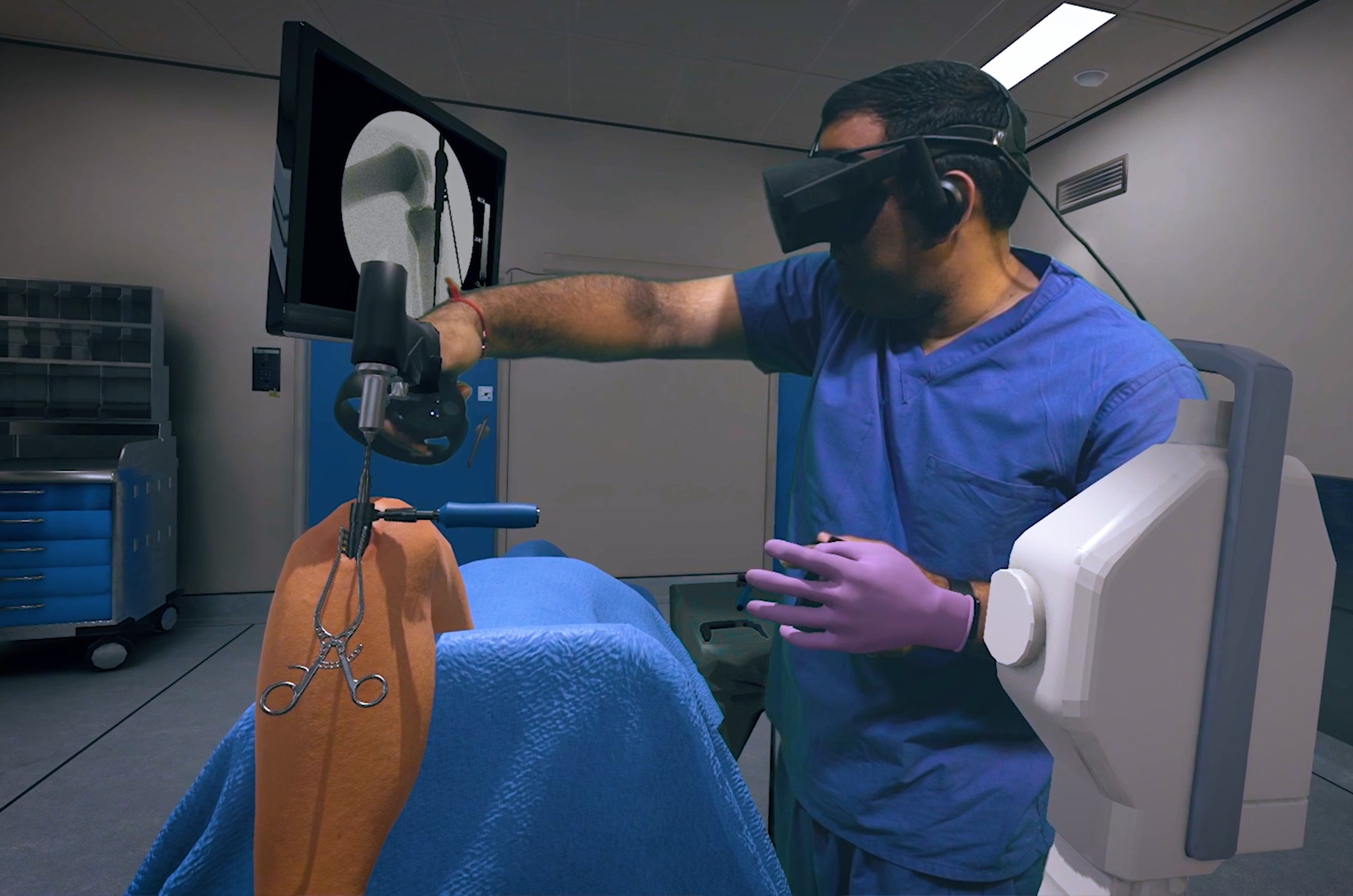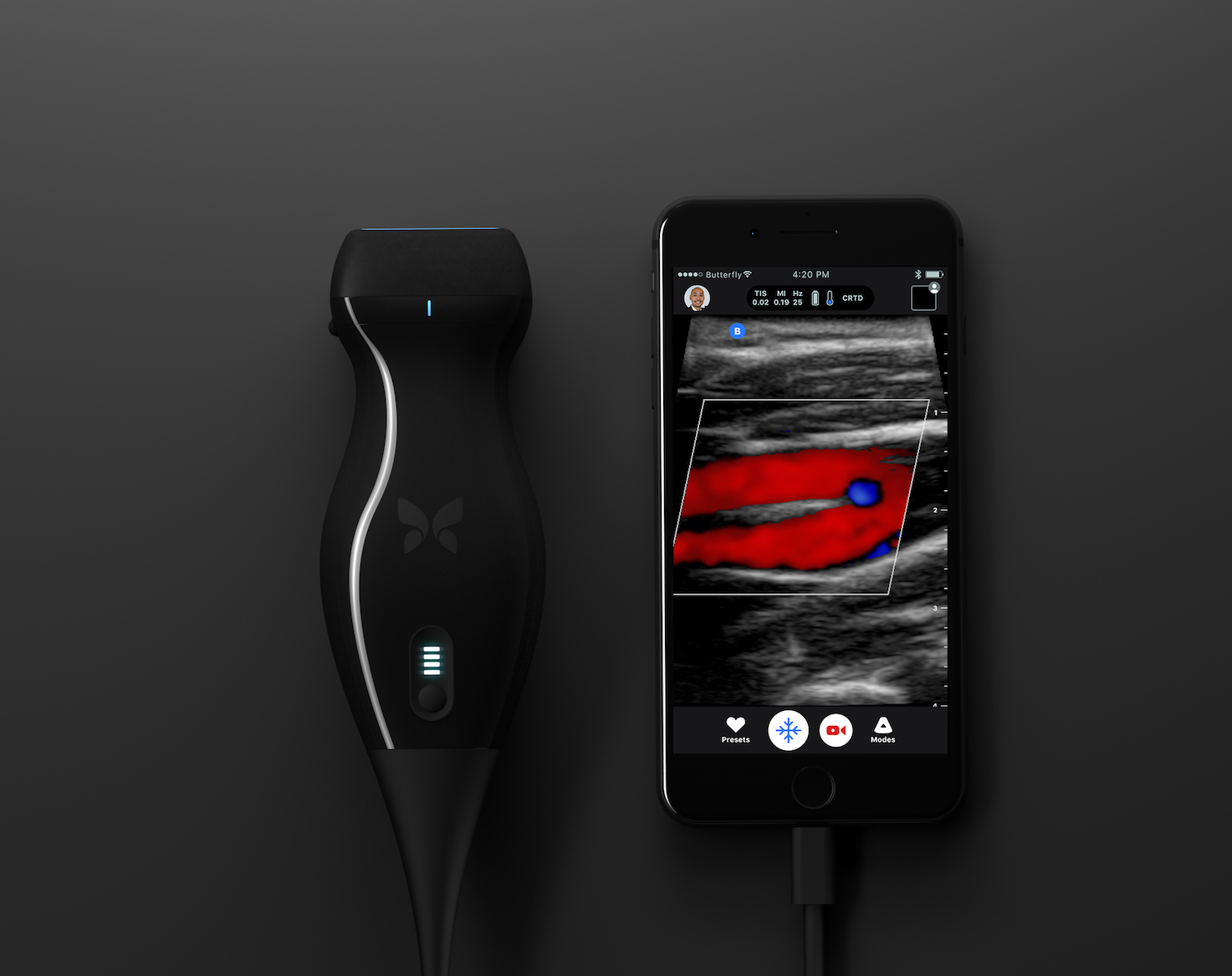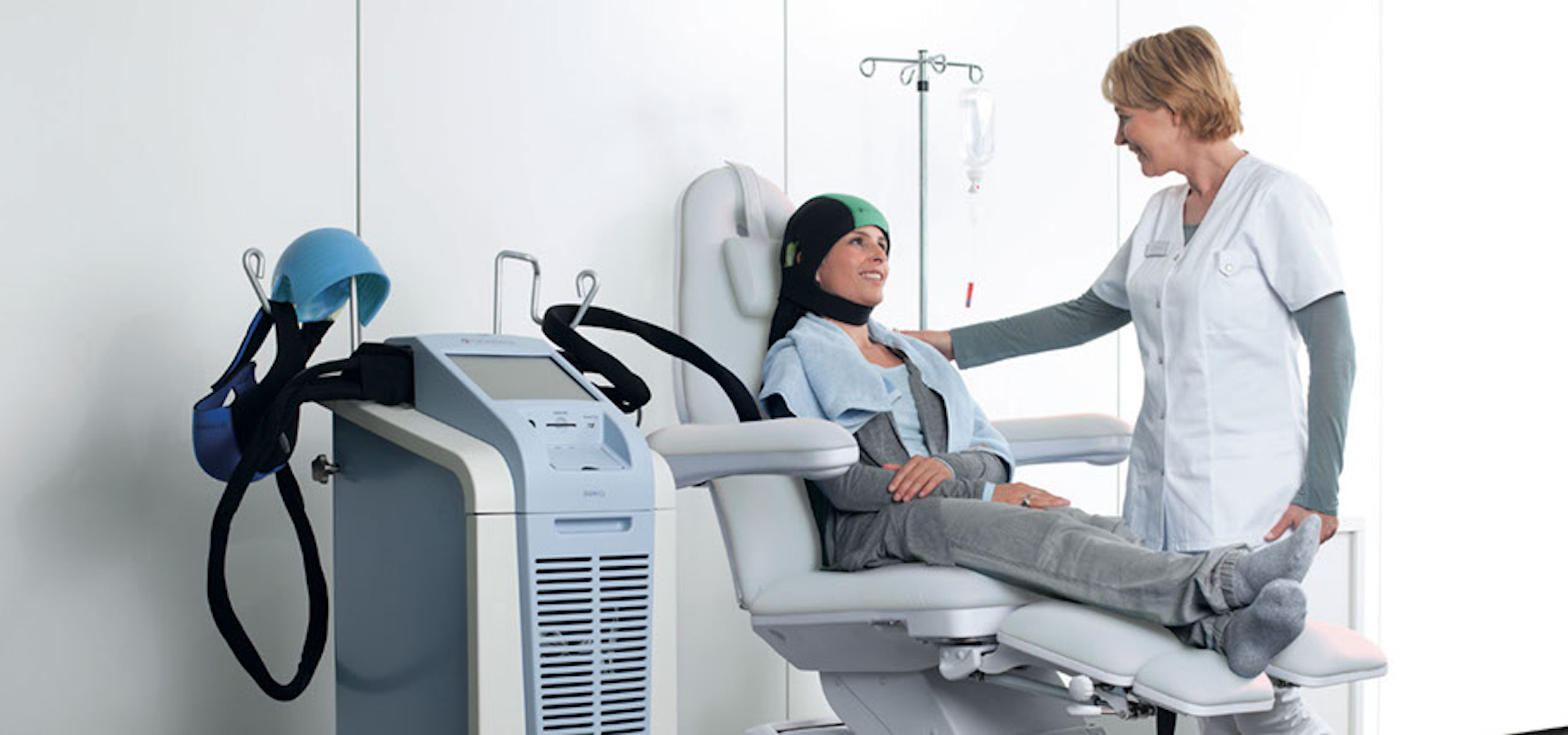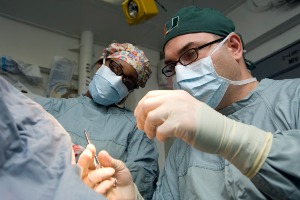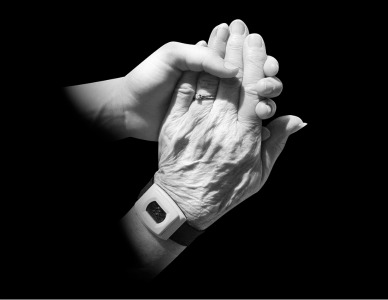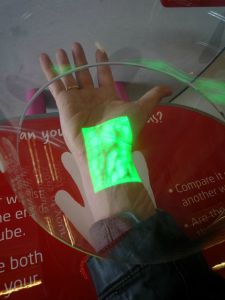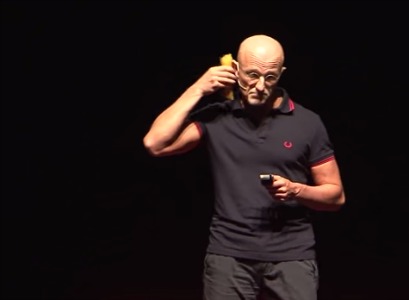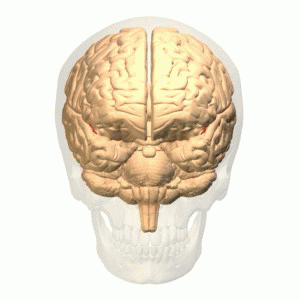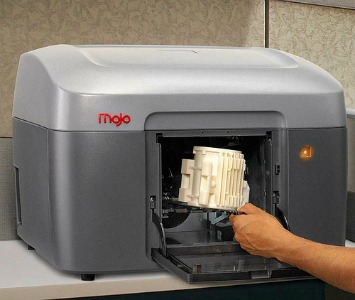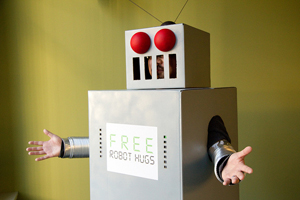Category - technology
Posted by Julia Tortorice
New York State, often hailed as a microcosm of the world, stands as a testament to cultural diversity and urban dynamism. With a rich tapestry that weaves together people from all walks of life, its cities are bustling melting pots where various ethnicities, languages, and traditions coalesce. From the iconic metropolis of New York City, a global hub for finance, arts, and innovation, to the tranquil landscapes of upstate towns, the state offers a unique blend of urban sophistication and rural charm. This multifaceted composition reflects not only in the lively streets, markets, and neighborhoods but also in its inhabitants' varied needs and preferences. In healthcare, education, and community engagement, the diverse makeup of New York's populations and cities presents exciting opportunities and complex challenges, defining the ever-evolving character of the Empire State.
Recent data shows that an estimated 19.7 million people live in this state, which spreads across a mix o...
Posted by Emily Pazel
Have you ever heard of computer vision syndrome(CVS)? Although it might sound completely made up – or maybe even a conspiracy theory – it’s a real thing. Humans are constantly using smartphones, computers, tablets and other devices that have increased the strain on their vision. And because of this, CVS is also referred to as digital eye strain.
Have you ever gone from a job where you used a computer very rarely to a job where you sit in front of one for eight hours? Chances are high that you will be able to feel the difference in your vision after a period of time. The American Optometric Association (AOA) claims that the more time you spend looking at a screen, the higher chances are that you will begin to feel discomfort over time. Whether working from home or at an office, according to the AOA, the average American worker spends roughly seven hours a day on the computer.
But, we all have to work and pay our bills, right? You can’t just opt out of not l...
Posted by Katrina Poggio
Diabetics have had to prick their fingers for years in order to monitor their blood sugar. Thanks to modern science, a prick-free future may be on the horizon in the world of diabetes.
In recent years, researchers have discovered multiple prick-free options so diabetics can have alternatives. The problem is that the pain of finger pricks discourages many people with diabetes from managing their blood sugar.
As many as 67 percent of people with diabetes may not comply with finger pricks because it is invasive and somewhat painful, according to an American Association of Pharmaceutical Scientists news release. However, those who neglect monitoring their health can run into serious diabetes-related complications. Low glucose levels can cause seizures and even death. High glucose levels can lead to cardiovascular disease, infections, nerve and kidney damage.
Monitoring glucose levels is getting easier thanks to a few new devices.
In September 2017, the U.S. Food and Drug Admini...
Posted by Katrina Poggio
With an increasing number of procedures in residency, combined with decreased operating room time, more than 20 percent of medical graduates are unable to operate independently, according to an Osso VR press release.
To bridge the growing training gap among surgeons, Dr. Justin Barad and Matt Newport founded Osso VR in August 2016. The software company builds a virtual reality-based surgical training platform that allows students, and even established doctors, to get hands-on experience with new procedures.
Users can put VR headsets on and begin simulating any surgical procedure, wherever and whenever it’s convenient for them. Osso VR allows users to pick up tools and simulate surgical procedures multiple times to perfect their skills and explore new techniques. Virtual reality training closes the “course-to-case” gap by preparing medical professionals for, and supplementing, bioskills training courses.
Osso VR’s mission is to improve patient outcomes,...
Posted by Katrina Poggio
iPhones have changed the way people communicate, socialize and connect for the past decade. Now, iPhones are changing medicine.
The new Butterfly iQ, created by the Butterfly Network, is a small imaging device for ultrasounds that is compatible with iPhones. It speeds up the diagnosis process by putting the power of modern day medical technology right in the doctor’s pocket, so patients can get the care they need right away.
One doctor even diagnosed his own cancer using the device.
“I felt something in my neck, connected the probe to my phone, did an ultrasound, and there it was. My tumor,” said Dr. John Martin, chief medical officer for Butterfly Network, in a video on the company website.
In the video, Dr. Martin talks about the many times when he would have to tell a family, “If only I could have gotten there sooner. If only we had made the diagnosis sooner.”
Now, the Butterfly iQ cuts down on the waiting game so patients can be on ...
Posted by Katrina Poggio
About 650,000 people receive chemotherapy in the United States every year. For many cancer patients, their diagnosis is quickly followed by the realization that they can lose their hair during treatment — but that's changing with cooling cap technology.
Doctors are preventing hair loss during chemotherapy with the DigniCap Scalp Cooling System. The tight-fitting silicone cooling cap, manufactured by Sweden-based Dignitana, connects to a control unit while a liquid coolant circulates near-freezing temperatures around the scalp. The cold constricts the scalp’s blood vessels, decreases hair root activity and prevents toxic chemotherapy from harming hair follicles.
Saving Hair While Saving Lives
DigniCap originally received clearance from the U.S. Food and Drug Administration (FDA) in late 2015 as the first scalp cooling device to be used for women with breast cancer. In July 2017, the FDA cleared expanded use of the DigniCap Cooling System to include other solid t...
Posted by Kristal Roberts
If you’re unfamiliar with the term Xenotransplantation, it is the transplantation of organs, living cells, or tissues from one species to another.
In the last couple of years, the Cardiothoracic Surgery Research Program of the National Heart, Lung and Blood Institute (NHLBI) had success keeping genetically engineered piglet hearts inside the abdomens of baboons for over a year.
This research caused a lot of controversy and was called a nightmare by some, but xenotransplantation is a credible science led by widely successful and respected scientists from various organizations ranging from NHLBI, and the Mayo Clinic, as well as other large pharmaceutical companies such as Novartis.
Some might question, why should we transplant animal organs to humans? Simple.
The very limited supply of organs from human donors cannot make up for the demand of hospital patients needing healthy organs for transplant.
The statistics have a way of showing us a clear...
Posted by Kristal Roberts
If wounds could talk, it'd look something like Smart Stitches, the creation of a team of scientists from Tufts University.
According to the research published in the Microsystems and Nanoengineering Journal, special threads are used to not only close wounds, but send information to medical staff about the healing process using small amounts of electricity in a system of sensors.
The data is based on changes regarding the health of the tissue as healing progresses, and the stitching used can be used to monitor a number of things including:
Strain placed on muscles
Temperature
PH of a wound
Glucose concentration
Pressure
These sensors then send the data to a database accessible via computer. This information could really help change the way doctors treat patients.
For example, if a sensor communicates that the pH is too acidic deep into a wound, it usually means a bacterial infection is happening, but healthcare workers may not know about...
Posted by Kristal Roberts
Stimulating the brain of a Parkinson's disease patient with electrodes may be the answer to relief from symptoms and an overall improved quality of life, French doctors have confirmed.
Parkinson's disease is a degenerative disorder of the central nervous system that slowly destroys neurons and takes a toll on the motor system.
With more than 50 million people in the world are living with this condition, the relief this discovery provides could be life changing.
Many people suffering from this disease often deal with intense tremors, rigidity, a slowing down of movement, anxiety and depression, among other things.
When drugs are no longer effective in controlling tremors, electrode therapy via Deep Brain Stimulation appears to be a viable new alternative.
Neurologists at France's CHU Saint-Étienne University Hospital have been using electrodes to stimulate Parkinson's patients since 2015 and the results have shown that the technique improves motor s...
Posted by Kristal Roberts
Ever felt so overwhelmed that you were at a loss for words? Most of us are able to bounce back from those moments of shock or awkwardness, but for people dealing with conditions like autism, your speech can be impeded at a time where there’s a desperate need for communication.
That’s why computer science student Jeroen De Busser created the Emergency Chat app.
Busser, who studies at the University of Antwerp in Belgium, is autistic.
During emergencies, some folks have panic attacks, and some autistic people will lose the ability to speak; they simply don’t have the mental energy needed to articulate their needs.
Those who fall within the autism spectrum disorder (ASD) typically face a neuro-atypical condition that often results in difficulties with socializing and communicating.
Most people can relate to getting frustrated or uncomfortable during a miscommunication, but for those with autism, almost every communication can feel that taxing. They often...
Posted by Kristal Roberts
Many nurses have struggled to find a patient’s vein at one point or another.
Perhaps the vein was really small, the patient was very jittery, you may have a “difficult stick” or you may be a new nurse getting the hang of things.
Well vein finders or vein illuminators are a fairly new piece of technology taking the guess work out of taking the perfect shot to draw blood.
Vein finders work by using infrared technology to illuminate flesh and reveal the veins, which appear as darker bands because they absorb more of the infrared light.
Here’s how it works.
These devices are typically handheld but can also be used in conjunction with a hands-free tool. They project an image of the illuminated area directly onto the patient’s skin.
So if a nurse needed to find a vein in her patient’s arm, vein illuminators are generally hovered over the targeted area and the veins being illuminated are simultaneously projected as an im...
Posted by Kristal Roberts
Imagine if you’d been told your only chance at living involved severing your head off and transplanting it on to a new body.
Aside from the fact that is sounds like a story plot inspired from the 90’s sci-fi movie Face Off, could you do it?
One Russian man has volunteered to do so, and to quote the famous star trek line, “He is boldly going where no man (or woman) has ever gone before.”
Valery Spiridonov is a 30-year-old computer scientist who suffers from Werding-Hoffman disease, a terminal condition that destroys muscle.
Spiridonov, who lives 120 miles east of Moscow, has been struggling with this disease since birth.
In an exclusive interview with the Daily Mail, he said his condition gets worse each year. He has lost control of his body, only has one leg and is confined to a wheelchair, but he is fortunate in that he has lived to age 30--- most Werding-Hoffman sufferers don’t live past 20.
Instead of waiting to die, Spiridonov wants a...
Posted by Kristal Roberts
Living for 500 years sounds like something out of a sci-fi movie right? That is until you here that Google Ventures executive Bill Maris is working toward making a multi-century lifespan a reality.
Maris, 40, has been working at the helm of a Google branch that allows him to focus on investing in cutting edge medicine, science and technology that’s ahead of the curve.
In an interview with Bloomberg, Maris said, “If you ask me today, ‘Is it possible to live to 500?’ the answer is yes.”
In fact, he said we already have the life science tools to make anything we can imagine exist.
Maris was summoned by Google some seven years ago to head up their venture capital fund. At the time, Maris had sold his web development company and was working for a non-profit that was developing technology to battle cataract blindness.
Today, he’s in snuffed out a number of seminal “life science” startup companies with the potential to the ...
Posted by Kristal Roberts
Aside from being delicious, honey fresh from the comb has a ton of benefits, buts not the easiest thing to harvest, and buying quality, organic honey can be downright expensive.
The typical process of extracting honey involves a tedious protocol that includes smoking off bees, examining combs, removing frames, uncapping frames and straining dead bees, wax and other particles out of the honey.
That’s why a revolutionary beehive design created by father-son duo Stuart and Cedar Anderson is expected to set the beekeeping industry ablaze with one of those inventions that makes you ask, “Why didn’t anyone think of this before?”
It’s called the Flow Hive, and while the inventors were only hoping to raise $70,000 to expand their business, they raised $2.2 million in the first 24 hours.
As of May 8, north of $5 million has been donated, and the campaign still has 28 days left!
Here’s how the Flow Hive works, and why so many pe...
Posted by Kristal Roberts
After a longstanding illness caused Michael Balzer to lose his job, by 2013, his health improved for the better and he developed an independent 3d graphics career.
He was also working with his wife, Pamela Scott, on treating video game addicts. Scott's a psychotherapist,
In August of 2013, Scott began having migraines, and an MRI revealed that she had a tumor behind her left eye.
It was horrifying to the couple, but the neurologist brushed it off saying it wasn’t a big deal, and that’s when Balzer took matters into his own hands.
He requested the DICOM files (standard digital format used for medical data) from his wife’s MRI results. He then sent them to other neurologists around the country, and they mostly all of them agreed it needed to be operated on immediately.
To make matters worse, another MRI done a few months later revealed that the tumor grew in size.
Balzer decided to take the DICOM images, and used Photoshop to laye...
Posted by Kristal Roberts
Imagine if creating a solid, three dimensional prototype for anything you wanted was as simple as clicking “Print” from a computer. Well in this day and age, it is more or less that simple, thanks to a rapidly progressive technology called 3D Printing.
You can create a model of just about anything:
A real prototype of an action figure you may have designed in Photoshop.
A model of building’s blueprint made.
A body part that could change a patient’s life.
How 3D Printing Is Changing Lives
Take for instance the case of Hu Wei, a 46-year old from Beijing, China.
He was working on a construction project when he fell three stories into a pile of wood. A beam struck him in the head, leaving him with a large portion of his skull caved in. The accident left him with limited motor functions, weakened vision, and impaired his ability to speak or write.
After the Chinese medical community consulted with experts from around the world, doctors scan...
Posted by Norlyn Golez
As the life expectancy of humans is extended and the elderly become an ever-growing population, could robots be the next ideal caregivers? According to an EU research project, this is a possibility.
Within a decade in Europe, there will be roughly 84 million elderly with age-related problems.
However, it is worth noting that the European senior citizens have a disposable income of more than EUR 3,000 billion. By 2016, the need for robots in EU for the elderly could reach around EUR 13 billion, said Stephen Von Rump, the Giraff Technologies AB CEO.
The increasing demand for care giving services is happening not only the EU but in many other countries as well. Mr. Von Rump said that it might be high time to seriously consider turning to technology for help. In the EU alone, there are around 5 million homes with an elderly needing formal care services and 12 million homes around the world and possibly more who would have preferred home care.
The EU research project, called GIR...




